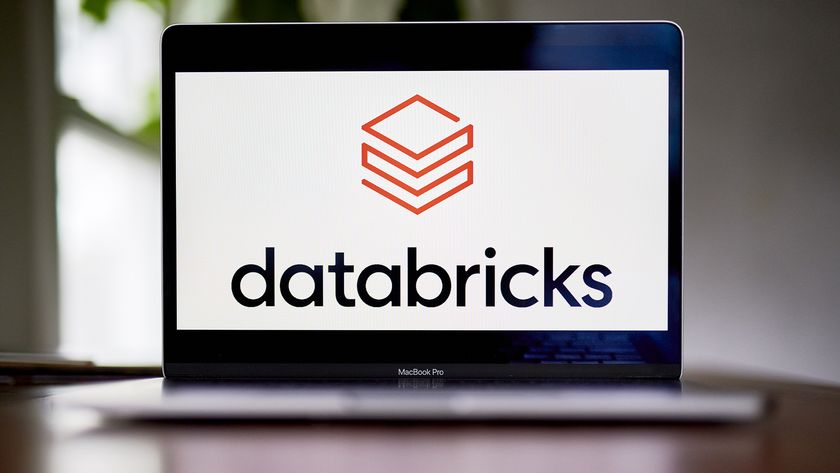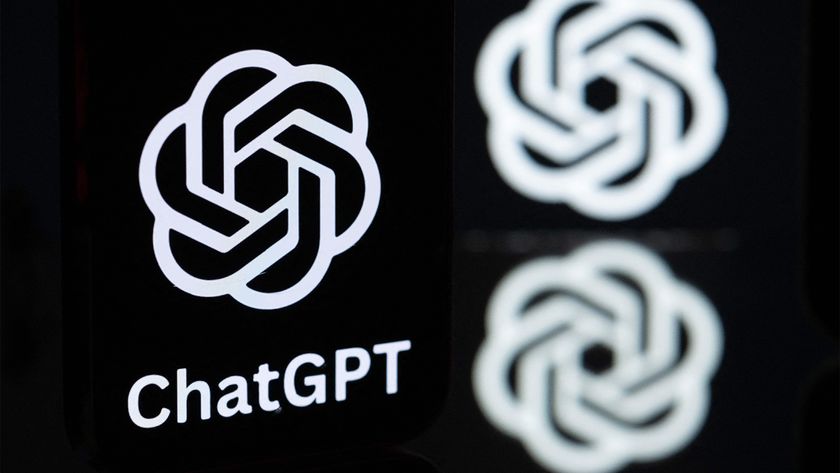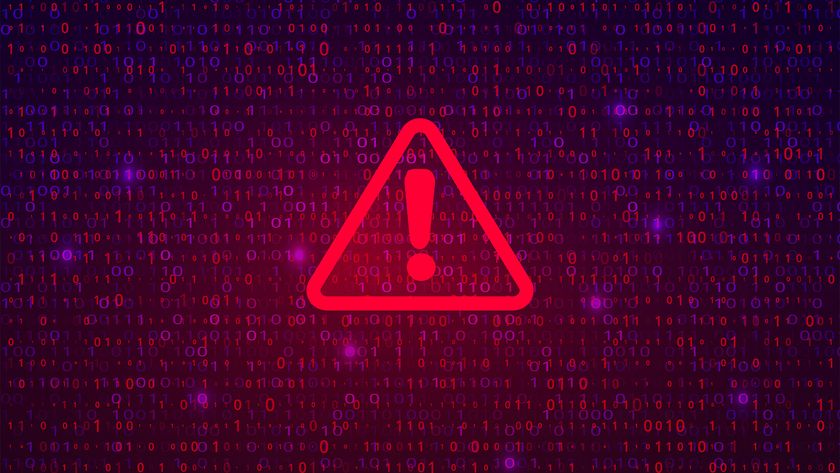The challenge for IT then lies mainly in security, manageability and service delivery to a diverse set of client devices. In essence, it's about keeping them away from shadow IT and under some semblance of control.
IT has, up until now, been able to manage costs by standardising PC equipment with a standard OS image.
But according to Henrys, we are moving from this device-centric world to a user-centric world where IT has to give them the capabilities they need.
"As an IT department you are suddenly challenged to deal with an environment where you have smartphones, tablets and PCs that could be running Windows 7, Windows 8, OS X, iOS, Android and so on, and users expect data and applications to be made available on all those platforms."
Users now want the full suite of capabilities, such as collaboration, rather than just being provided with email, for example. But, for IT, delivering this to the user is far from problem-free.
Writing a native application for each type of platform can be time-consuming and is a very expensive option. Virtualising the app so that it can be delivered to a variety of devices, may seem a good answer but an app written for the desktop may not work so well on a touch screen device.
"Webifying" an app would solve most of these problems relatively quickly and easily, according to Henrys.
Get the ITPro. daily newsletter
Sign up today and you will receive a free copy of our Focus Report 2025 - the leading guidance on AI, cybersecurity and other IT challenges as per 700+ senior executives
"You take the flavour of the platform out of it," he says, adding you can essentially write once and deploy anywhere. "You need to webify things without being prescriptive."
This means rewriting apps that have been developed for one particular platform in HTML5 so that is can be access by any device on any platform. "In time this will become the more cost-effective route," says Henrys.
Another aspect to managing the consumerisation of IT within the organisation is to revisit and re-evaluate the standardisation argument while at the same time offering the user/consumer choices more fitting with their expectations.
There are new products out there that will allow both the employee to use the form factors and devices they want while IT can stay in control. Henrys says that companies can still standardise on a Microsoft platform, for example, while giving workers the tools they want and need to do their job.
"With Windows 8, you can have touch devices, like tablets, laptops, ultrabooks, convertible devices all running in a Windows 8 environment," says Henrys.
These devices will all be able to run the same applications because they are developed on a common architecture.
Think about how empowering employees can make your company more productive and have happier customers.
Henrys warns that with Android or iOS devices there is a need to have third-party providers for management capabilities to integrate them into the infrastructure. Having a variety of devices running Windows 8 gives the user choices in how they want to work while IT keeps maintains a position of control over what is running on its network.
The way forward
It would seem that the consumerisation of IT has provided a wake up call to vendors and IT departments. Business devices must now provide more of the consumer functions expected by users in order for them to carry out their jobs as they see fit and be productive. Failure to provide more choice can only result in users taking things into their own hands and leaving the IT organisation with little to do and no control over their infrastructure.
Ultimately, perhaps, IT functions should not only consider the risks that consumerisation may bring, but also the reward side too, according to Forrester Research's Schrader.
"Think about how empowering employees can make your company more productive and have happier customers," he says.
"At the end of the day that is what really is possible with these technologies, they make employees more empowered and companies more successful."
Visit the Intel IT Centre for further help and guidance for IT managers and professionals.
ITPro is a global business technology website providing the latest news, analysis, and business insight for IT decision-makers. Whether it's cyber security, cloud computing, IT infrastructure, or business strategy, we aim to equip leaders with the data they need to make informed IT investments.
For regular updates delivered to your inbox and social feeds, be sure to sign up to our daily newsletter and follow on us LinkedIn and Twitter.

















